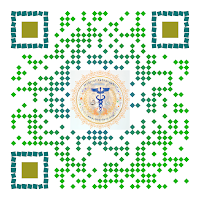Normal coagulation pathway represents a balance between the pro coagulant pathway that is responsible for clot formation and the mechanisms that inhibit the same beyond the injury site. Imbalance of the coagulation system may occur in the perioperative period or during critical illness, which may be secondary to numerous factors leading to a tendency of either thrombosis or bleeding.
The plasma coagulation system in mammalian blood consists of a cascade of enzyme activation events in which serine proteases activate the proteins (proenzymes and procofactors) in the next step of the cascade via limited proteolysis. The ultimate outcome is the polymerization of fibrin and the activation of platelets, leading to a blood clot. This process is protective, as it prevents excessive blood loss following injury (normal hemostasis). Unfortunately, the blood clotting system can also lead to unwanted blood clots inside blood vessels (pathologic thrombosis), which is a leading cause of disability and death in the developed world. There are two main mechanisms for triggering the blood clotting, termed the tissue factor pathway and the contact pathway. Only one of these pathways (the tissue factor pathway) functions in normal hemostasis. Both pathways, however, contribute to thrombosis.
The
blood coagulation cascade culminates with the conversion of fibrinogen to
fibrin, essentially transmitting the proteolytic injury signal into a fibrin
clot capable of occluding the inciting tissue defect. Fibrinogen is the most
abundant coagulation protein in plasma, consistent with its mechanical rather
than signaling role.






.png)










